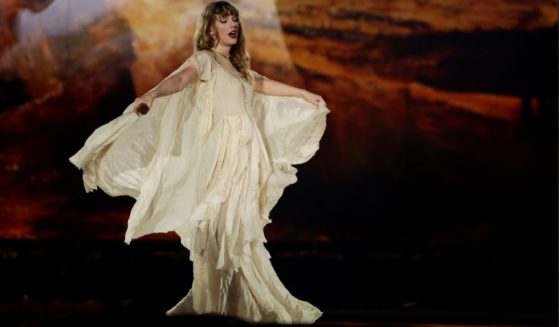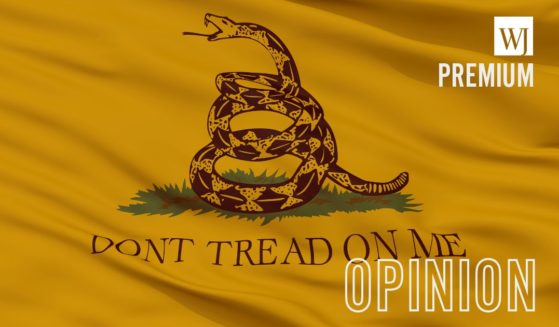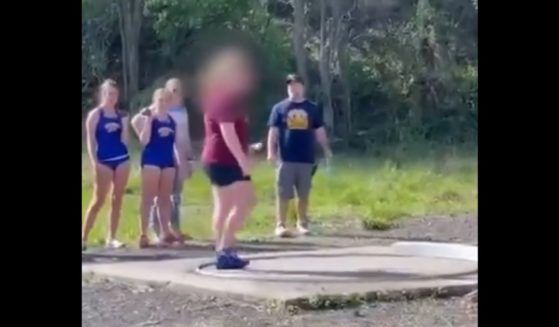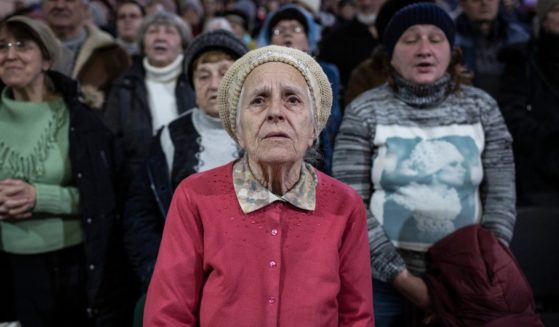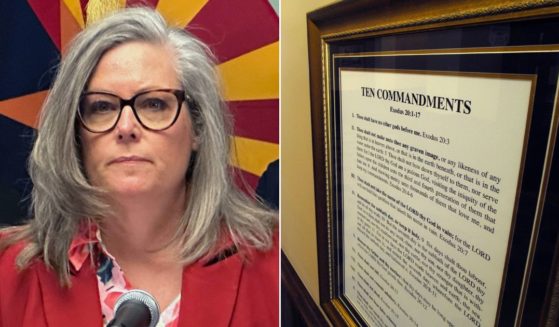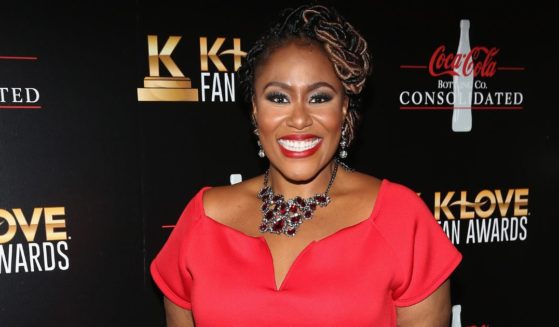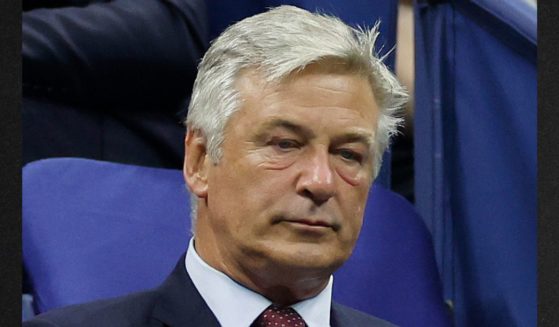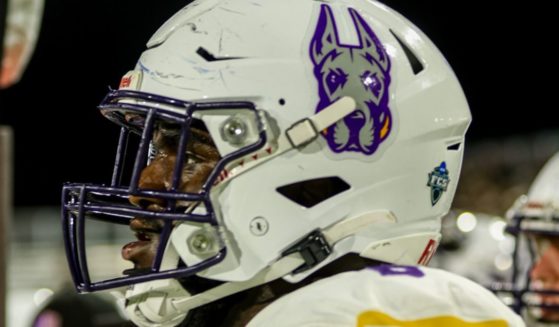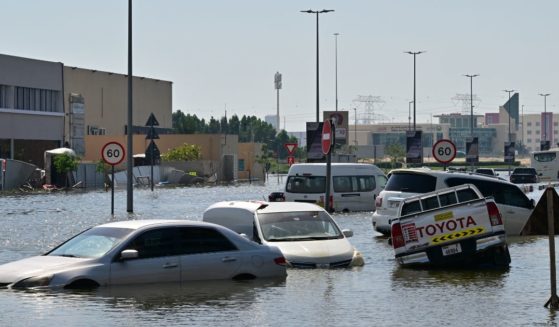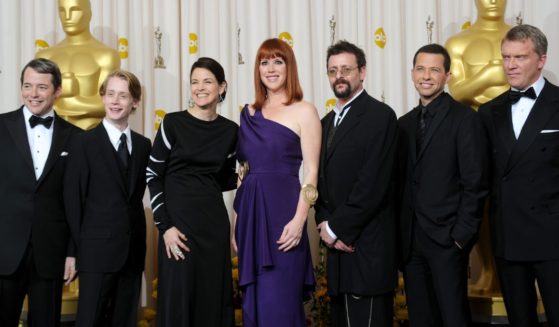Blackface scandal prompts others to confront their memories
Mark Acosta remembers so many of the details. He was in fourth grade in a predominantly Hispanic mining town in Arizona and his teachers painted his face black for a play where he portrayed comedian Flip Wilson and his character Geraldine.
Acosta, now 57, thought nothing of it at the time. But several years later he said he realized it was ignorant and wrong. And those feelings came flooding back again after a medical school yearbook photo recently surfaced of a man in blackface standing with a person dressed in Ku Klux Klan robes on the page of Virginia Gov. Ralph Northam.
Acosta wrote about his experiences on Facebook . He said he did so because he feels many people today still don’t know the painful history of blackface.
“I don’t believe the people putting makeup on me were saying, ‘We don’t like black people, this is degrading. They thought it was a cute, humorous thing to do. It was ignorant on their part,” the comedian from Tempe, Arizona, told The Associated Press.
He added, “I’m angry at the educational system and the way we deal with this with our children.”
Like Acosta, others who once donned blackface have been re-examining old memories amid the uproar over Virginia’s blackface scandal.
The Associated Press reached out to more than a half-dozen people who have been mentioned in news reports about wearing blackface over the past 15 years. They either didn’t return messages or didn’t want to speak about the experience.
But some have posted about it on social media.
Canadian-born comedian Mark Rowswell, who works mostly in China under the stage name “Dashan,” posted on Twitter that he and three of his friends in Ottawa, Canada, painted their faces black and dressed as The Four Tops in high school.
Rowswell said he remembered a teacher quietly asking his drama teacher if it was racist and the drama teacher emphatically disagreeing.
At the time, Rowswell said he thought the question was bizarre too. He and his friends weren’t in Ku Klux Klan robes or recreating a lynching. They were dancing and singing to what they thought was one of the coolest musical groups of the 1960s.
“We didn’t understand the context or the history, or how others might see this performance entirely differently from how we had intended. Someone should have told us. In fact someone did try, but didn’t get through. It was a lost opportunity,” Rowswell wrote on Twitter .
He did not respond to an email from the AP.
A glimpse into the enduring practice of blackface can be found in the research of Leslie Picca, a University of Dayton sociologist who has been asking white and minority students to keep journals recording their interactions with students of their own races and students of different races.
Picca has found that white students use racist language, ideas and stereotypes more often with other white students and say they don’t realize how destructive they can be.
“Whites don’t think racist actions or stereotypes are a big deal because racism doesn’t appear to be a big problem anymore,” Picca said. “They are just playing around with it without understanding the context and depth of it.”
A Virginia plastic surgeon has said he wasn’t aware of the potential problems when he was shown in blackface in a yearbook photo from the same medical school where Northam’s blackface photo surfaced.
Dr. Michael Breiner painted his face black in college to dress as Diana Ross for a party because he loved her group The Supremes. He told WFXR-TV in Roanoke he was sorry if anyone was offended, but added he asked black colleagues at the school if they were OK with his costume beforehand.
“If I had any inkling this would have upset them, I would not have done this,” Breiner told the TV station.
But blackface has faced criticism ever since whites in minstrel shows began using it in the 1800s. That criticism has only intensified in recent years.
And ignorance of blackface’s offensive nature is the painful part, said Venise Berry, a journalism professor at the University of Iowa who is publishing a book this year about how blacks are viewed in contemporary media.
“When somebody puts blackface on, it is a reminder how black people have always been considered inferior,” Berry said. “Blackface has always been problematic. It is a historic, racist image of African-Americans.”
Berry said whites may think they are honoring a black artist, but miss the long history of blackface, which often involved unusually large lips or buck teeth to insult and marginalize blacks simply through their appearance.
“Black culture has been normalized in society, so some people don’t see this as wrong,” Berry said. “But it will always be wrong.”
The Western Journal has not reviewed this Associated Press story prior to publication. Therefore, it may contain editorial bias or may in some other way not meet our normal editorial standards. It is provided to our readers as a service from The Western Journal.
Truth and Accuracy
We are committed to truth and accuracy in all of our journalism. Read our editorial standards.

